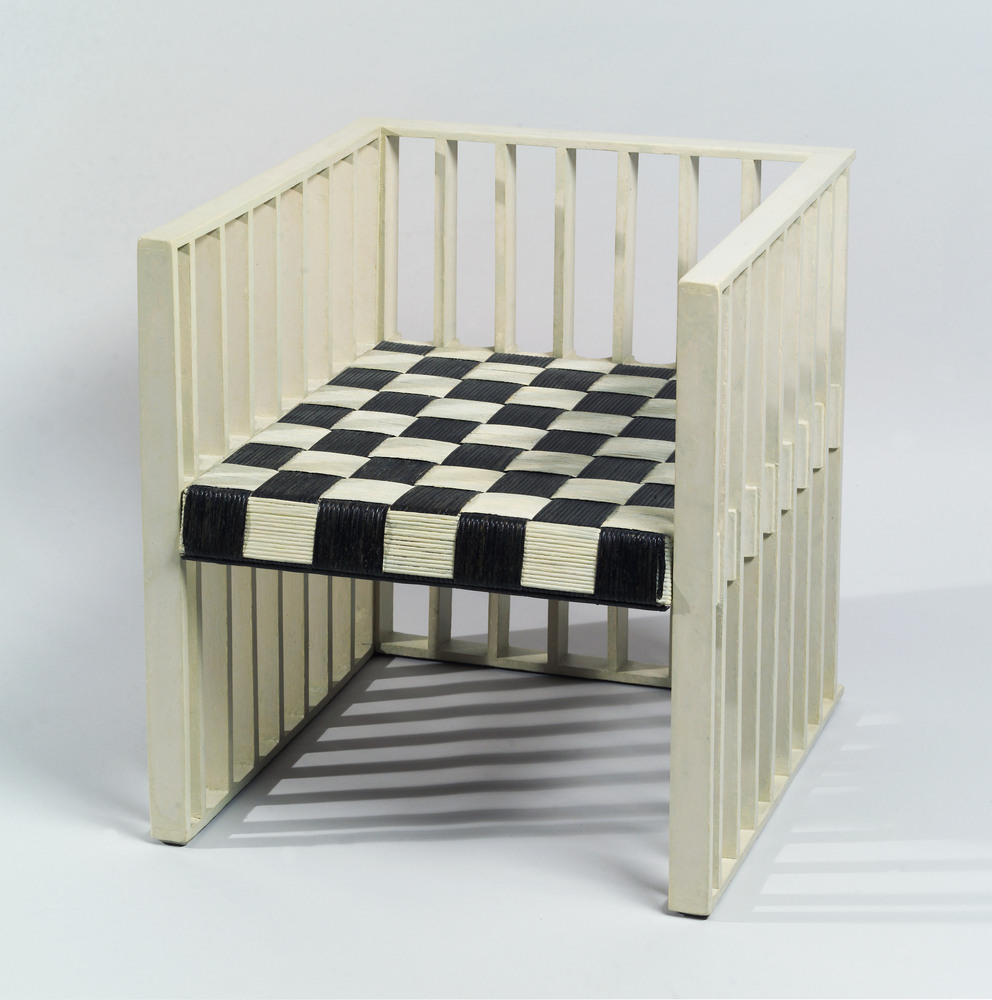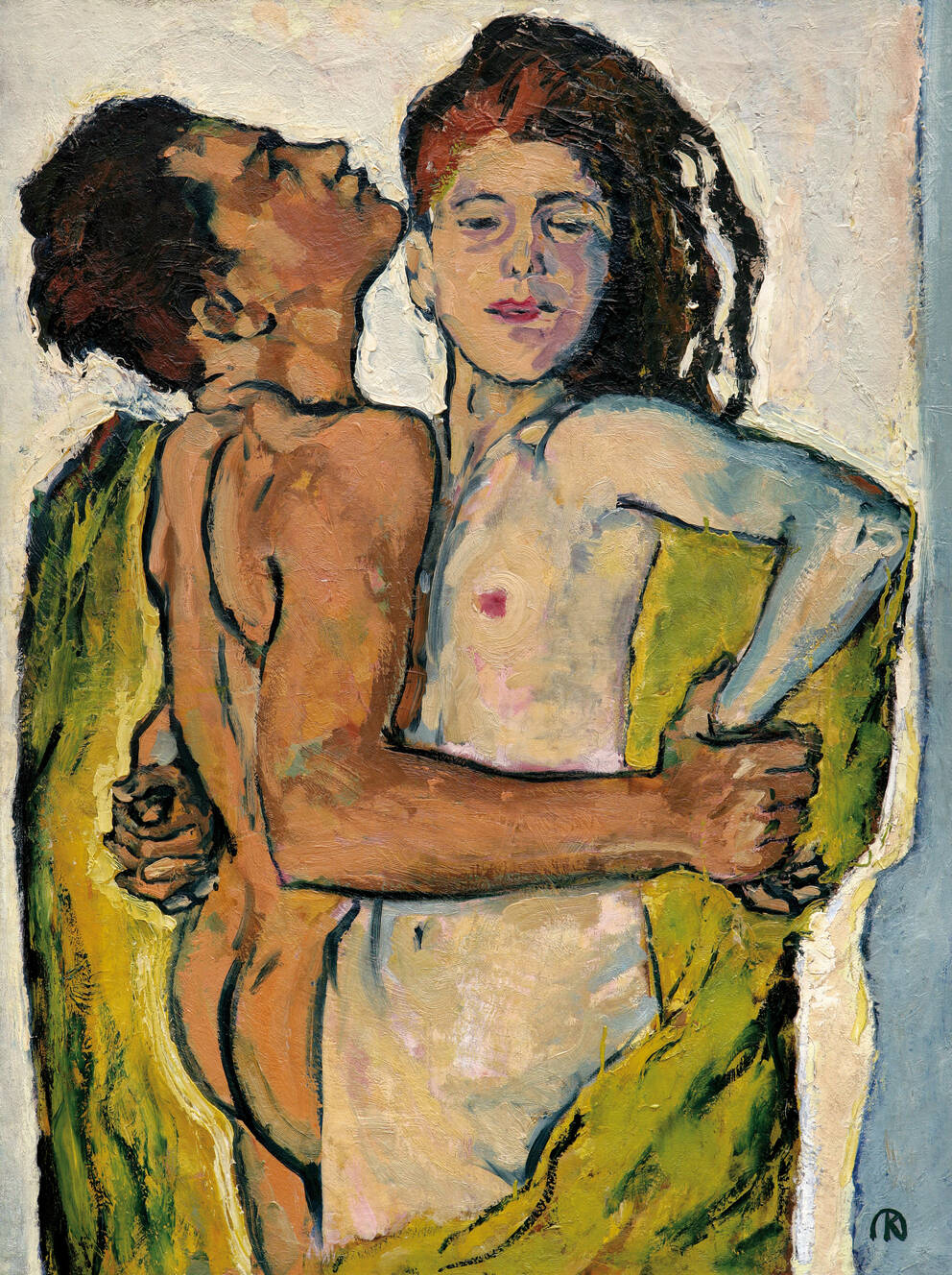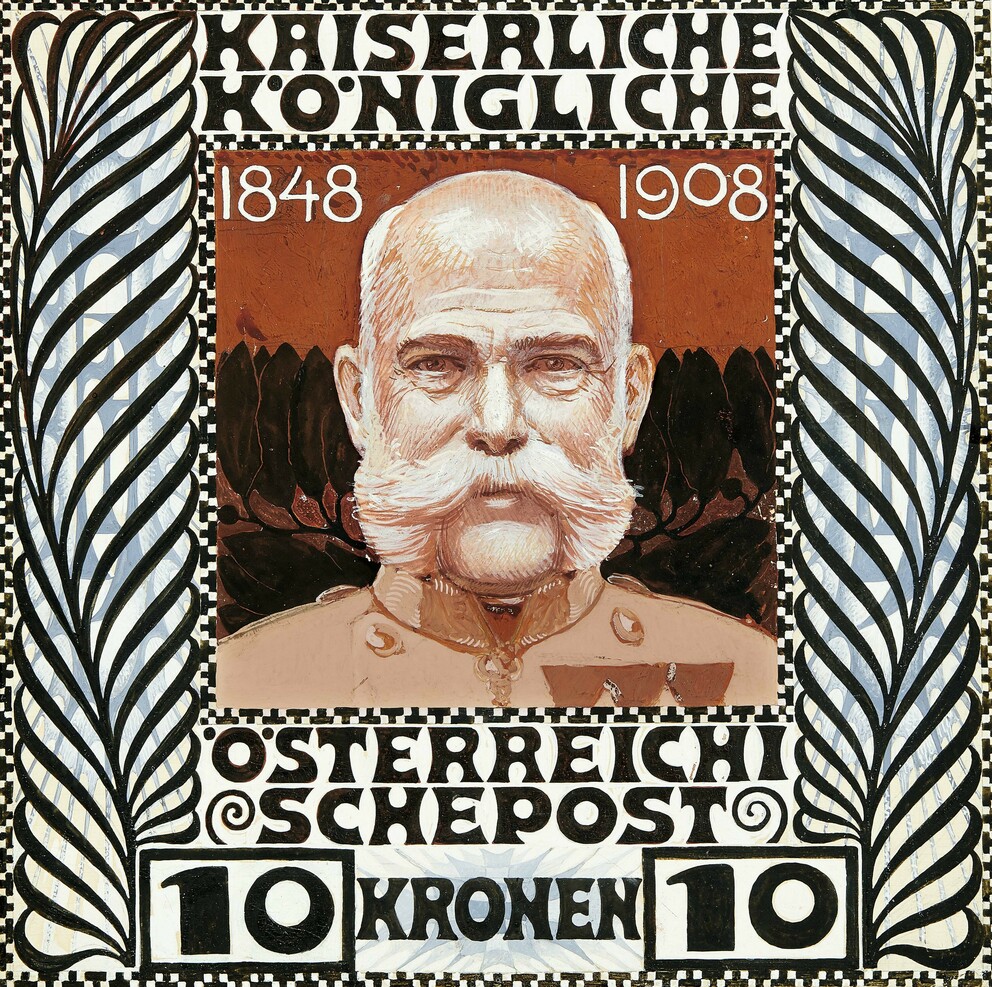Koloman Moser
The “artist of a thousand talents”
There was hardly any area of artisan craftwork in which Koloman Moser (1868–1918) did not demonstrate his creative skills. The universal artist created furnishings for entire apartments, as well as textiles, tableware, vases, items of jewelry, exhibition architectures, stage sets, book covers etc. In 1903, he founded the Wiener Werkstätte together with Josef Hoffmann (1870–1956) and Fritz Waerndorfer (1868–1939), and thus made a historic contribution to modern design. Born in Vienna, the academically-trained painter began his career as an illustrator. Following the founding of the Vienna Secession, he became the driving force of the association’s central medium, the magazine Ver Sacrum. In 1898, he designed the magazine’s overall graphic concept, and throughout the six years of its publication provided nearly 140 vignettes and other contributions. The commercial artist Moser proved himself to be equally creative with the design of posters, postcards, stamps, banknotes and marbled papers. After leaving the Wiener Werkstätte in 1907, Moser focused once more on painting. Influenced by color theory and his exploration of Ferdinand Hodler’s (1853–1918) oeuvre, he arrived at an expressive Symbolism. The “artist of a thousand talents”, as he was dubbed by Hermann Bahr (1863–1934), features in the Leopold Museum’s collection with works that reflect all the facets of his extensive oeuvre.




